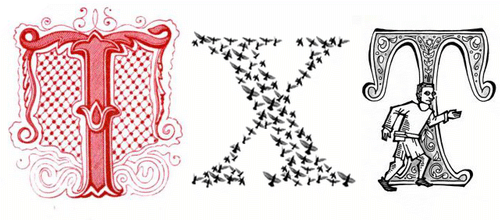The Internet is hard.
There are so many things that need to happen to make the Internet work. DNS entries need to be right. MXs need to be set up. Web servers need to be configured. And, let’s be honest, anyone who has ever run their own services on the Internet has flubbed a configuration.
We don’t think about it, because most of the time the configurations are handled by scripts and they do things right. But at some point someone needs to type in something and there’s a risk it will go horribly wrong. I’ve been digging into domain data for a client of mine today. I think I’m going cross-eyed over it. But I have found so many weird things that just mean someone isn’t paying attention to what they’re doing.
Like the domain that has a MX record that says:![]()
I’m pretty sure the intention of the domain owner is to publish a null MX. But they added an extraneous “0” in there and ended up publishing something really weird. Even worse, the MTA that this client is using is listing this as a “delivered” email. I’m pretty sure that mail to that domain never left the MTA.
I’ve found horribly typoed MX domains for popular spam filters. I’ve found domains that have invalid characters in them. I’ve found domains that are totally a mess.
The vast majority of us have some story or other of the time we really broke things by accident. Like the time a very large ISP deleted their MX records. Or when a different ISP changed their internal forwarding and broke SPF authentication for everyone mailing that domain. Or when another ISP accidentally blocked every IP beginning with 6.
Sometimes I’m amazed that the Internet ever works. No matter how big it gets, there are actual people writing actual code and configurations. The number of things that have to happen to get packets from A to B is pretty impressive. We rarely ever notice the breakages, the people who run things are really good at their jobs. But sometimes poking in the grotty corners reminds me how easy it is to break things. It’s sometimes a wonder things actually work.
